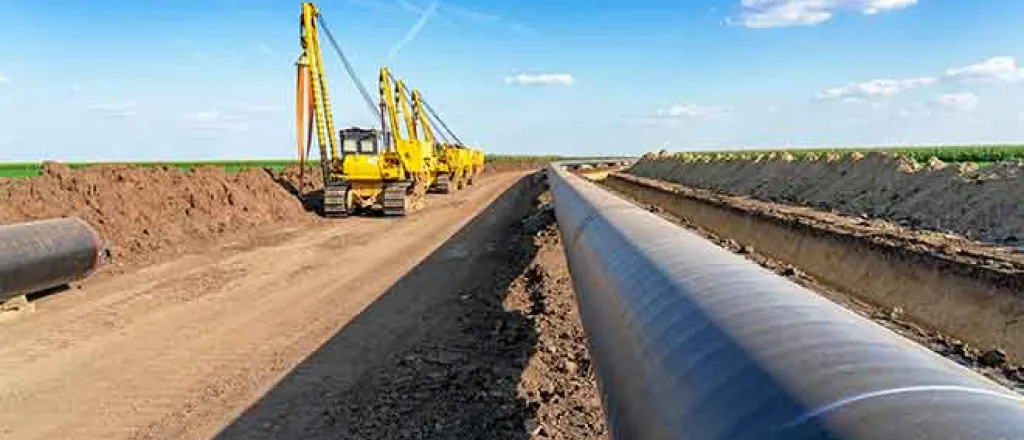
Iowans organize to block use of eminent domain for CO2 pipelines
(Iowa News Service) An environmental group will host an online rally tonight in support of a bill in the Iowa Legislature to block the use of eminent domain to build captured carbon dioxide pipelines.
Eminent domain allows the government to take control of private land and convert it to public use. Ethanol companies have been promised tax credits if they capture carbon dioxide, a byproduct of making the fuel, and send it to dedicated storage sites via pipeline. Three such pipelines are being planned in Iowa.
Brenda Brink, a member of Iowa Citizens for Community Improvement, said one would be built near her Story County property, and she worries about what could happen if the pipeline ruptures.
"It's dense," Brink pointed out. "Once it starts just really pluming up, it's going to be falling back down and searching for the lowest ground possible, and it's an asphyxiant."
In addition to getting tax credits, pipeline companies said theirs is a safe way to move the gas to storage sites. Senate File 101 is a one-sentence bill, which would repeal the state's eminent-domain authority for hazardous liquid pipelines. The citizens' group hosts its online gathering tonight at 6 p.m. on its website iowacci.org.
Brink noted people have been taught to "stop, drop and roll" when they see anything resembling smoke. If it included a noxious carbon dioxide gas plume, it would be exactly the wrong thing to do, since the gas would displace oxygen at ground level.
Brink is also critical of a state law allowing the Iowa Utilities Board to impose eminent domain.
"You've got three unelected members of a board who are going to determine the safety and health of a lot of Iowans and our families," Brink emphasized. "They're supposed to protect landowners and tenants from environmental and economic damages, and yet, they don't seem to be taking it seriously because, again, they're not elected."
In order for Senate File 101 to be considered, it must pass out of committee by March 3.

















